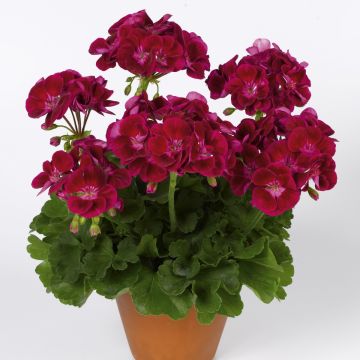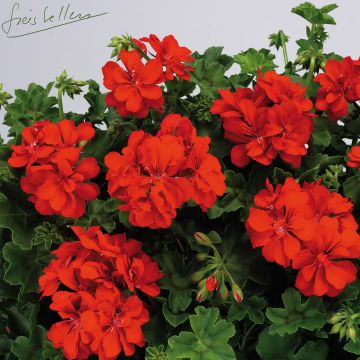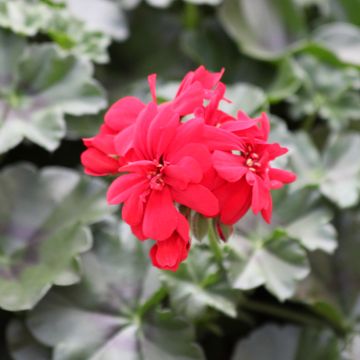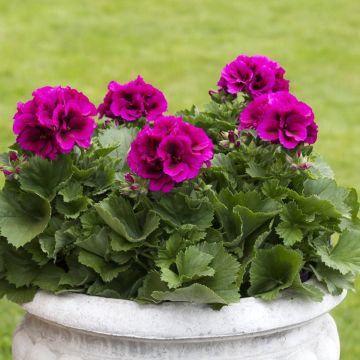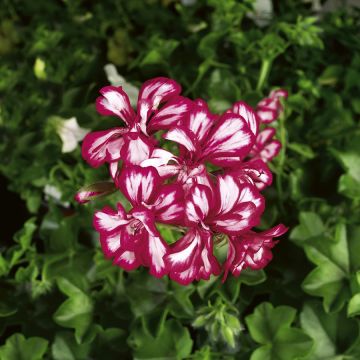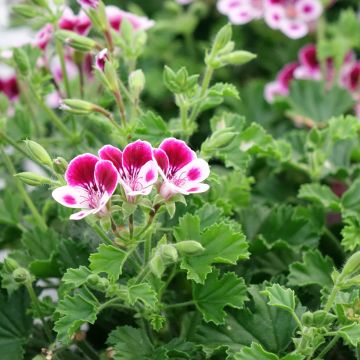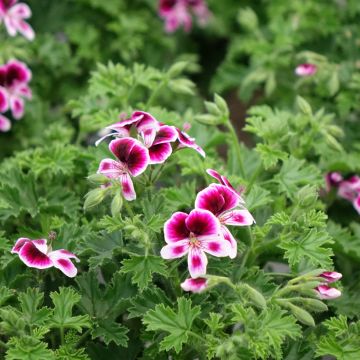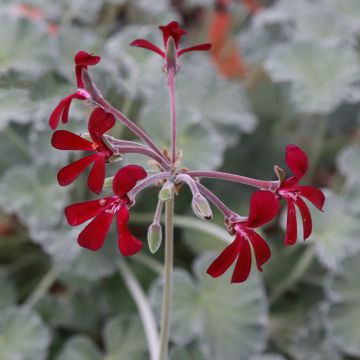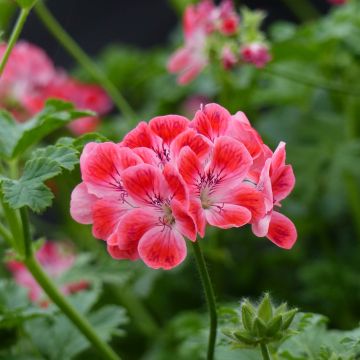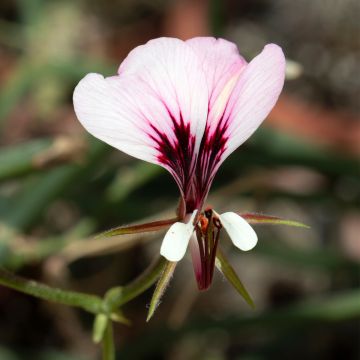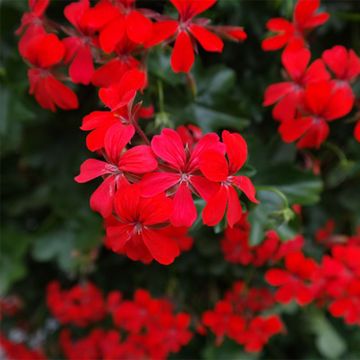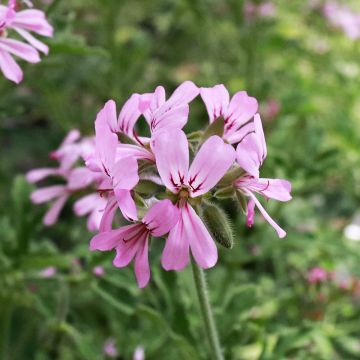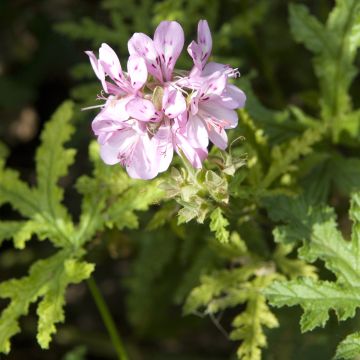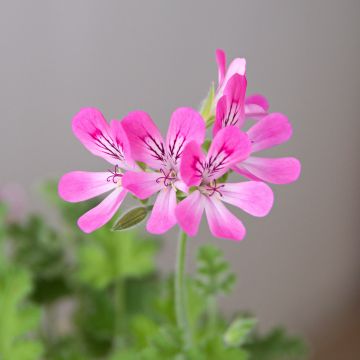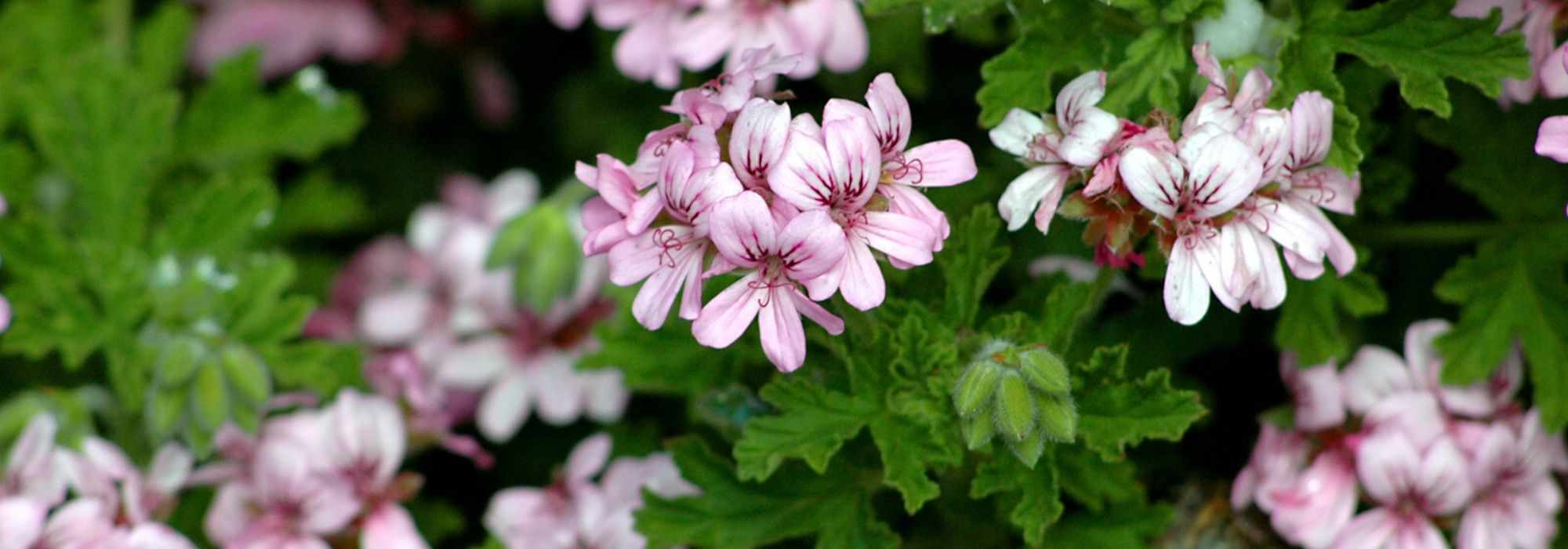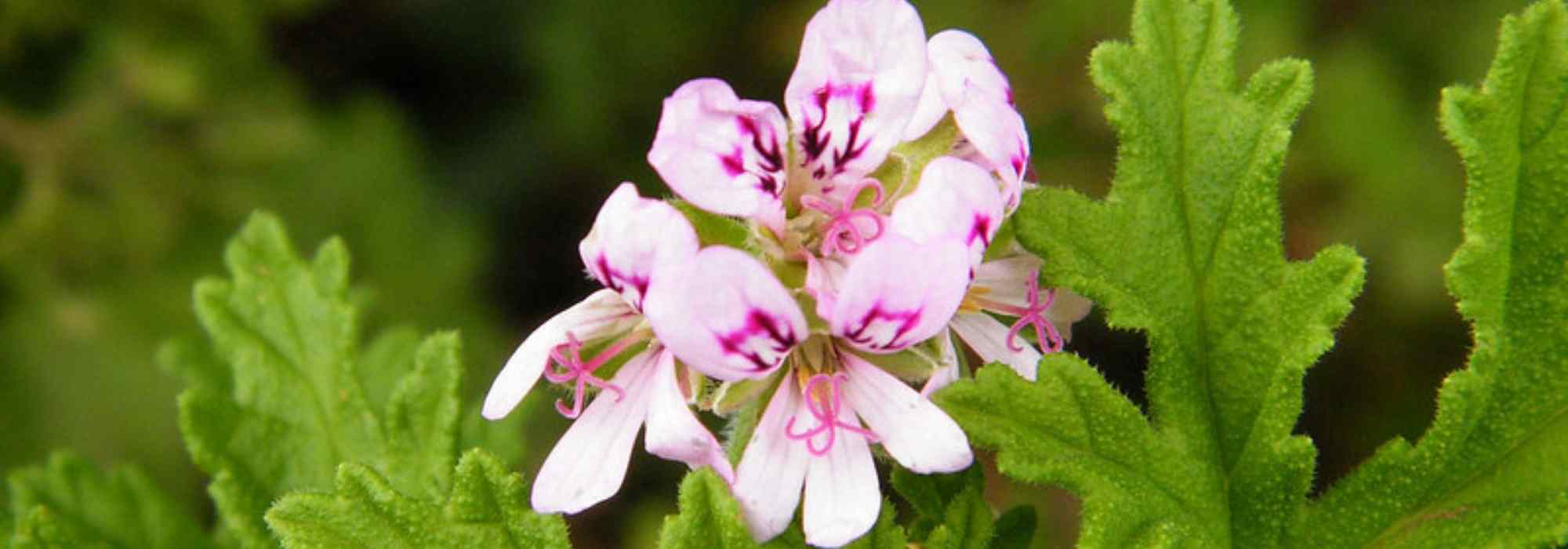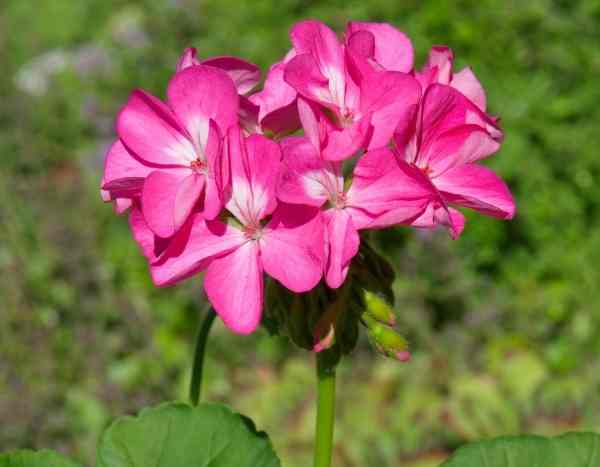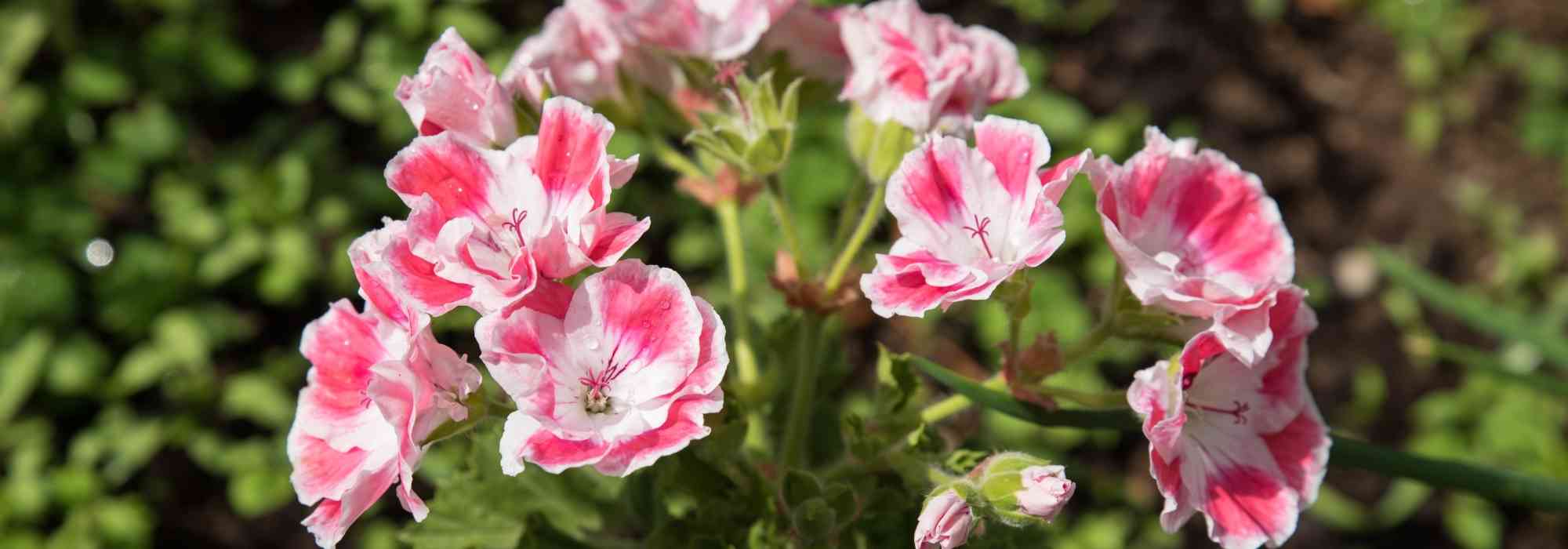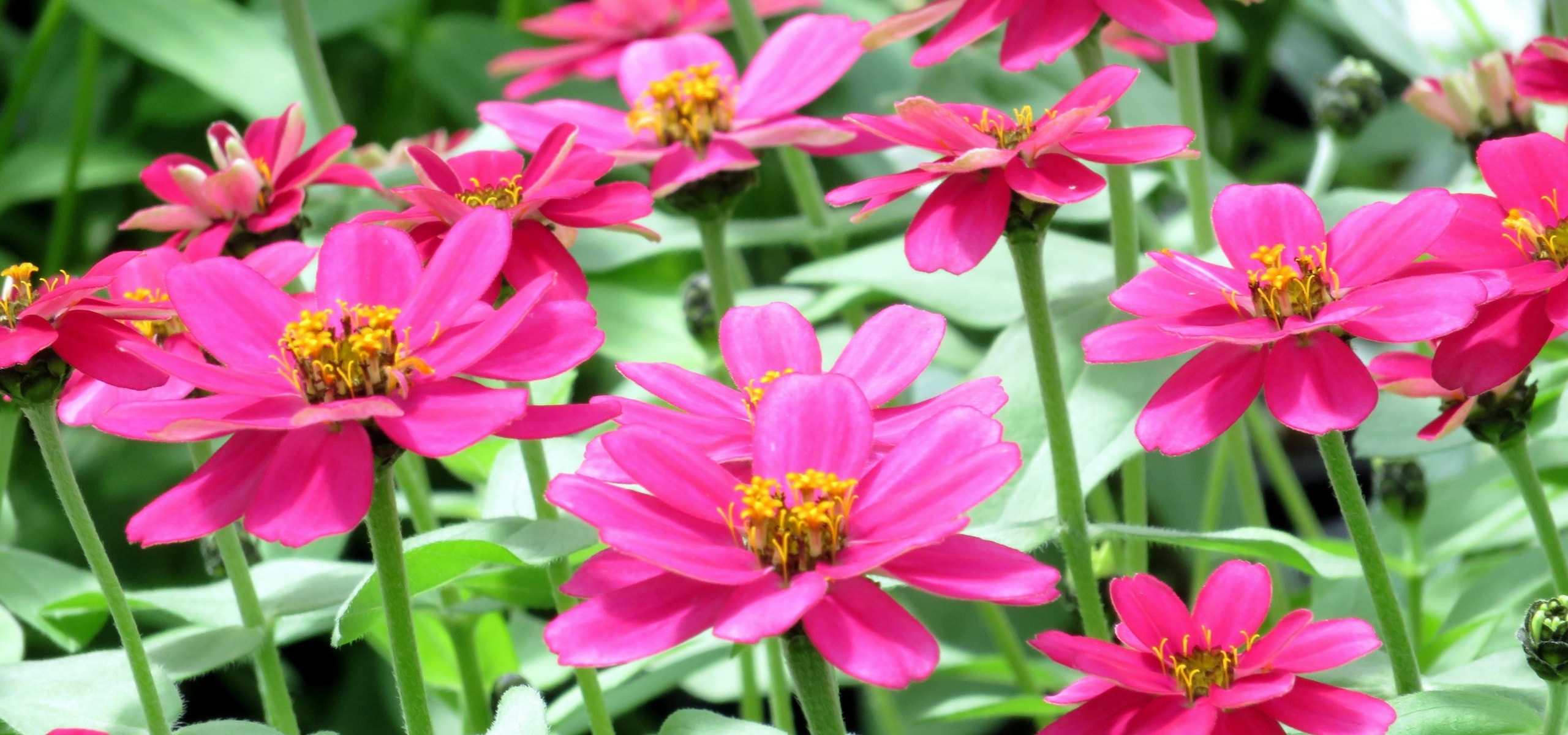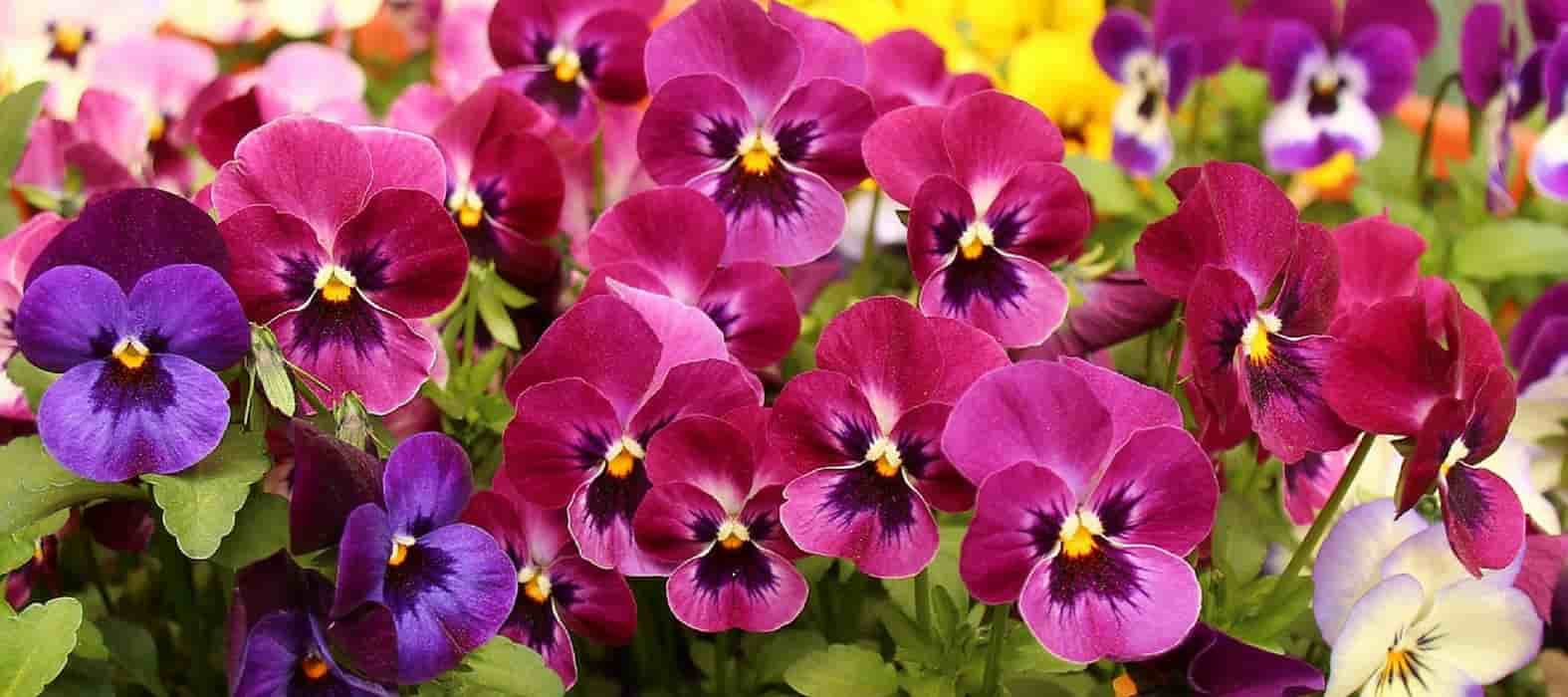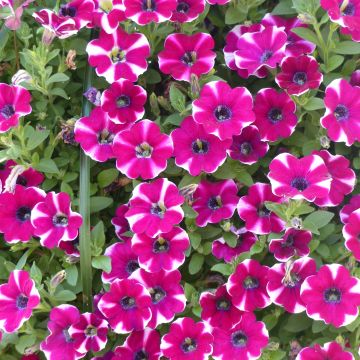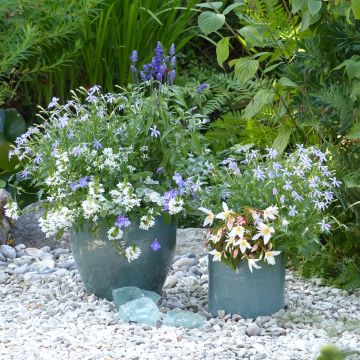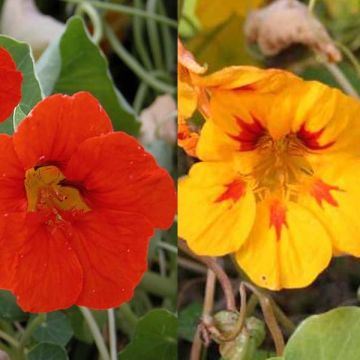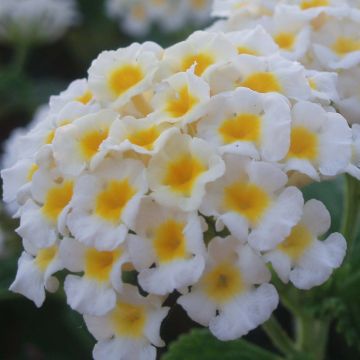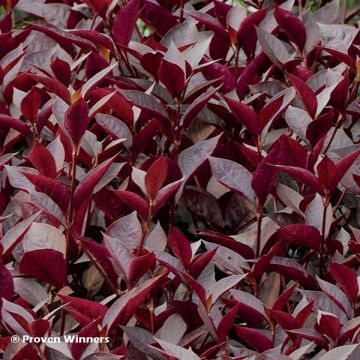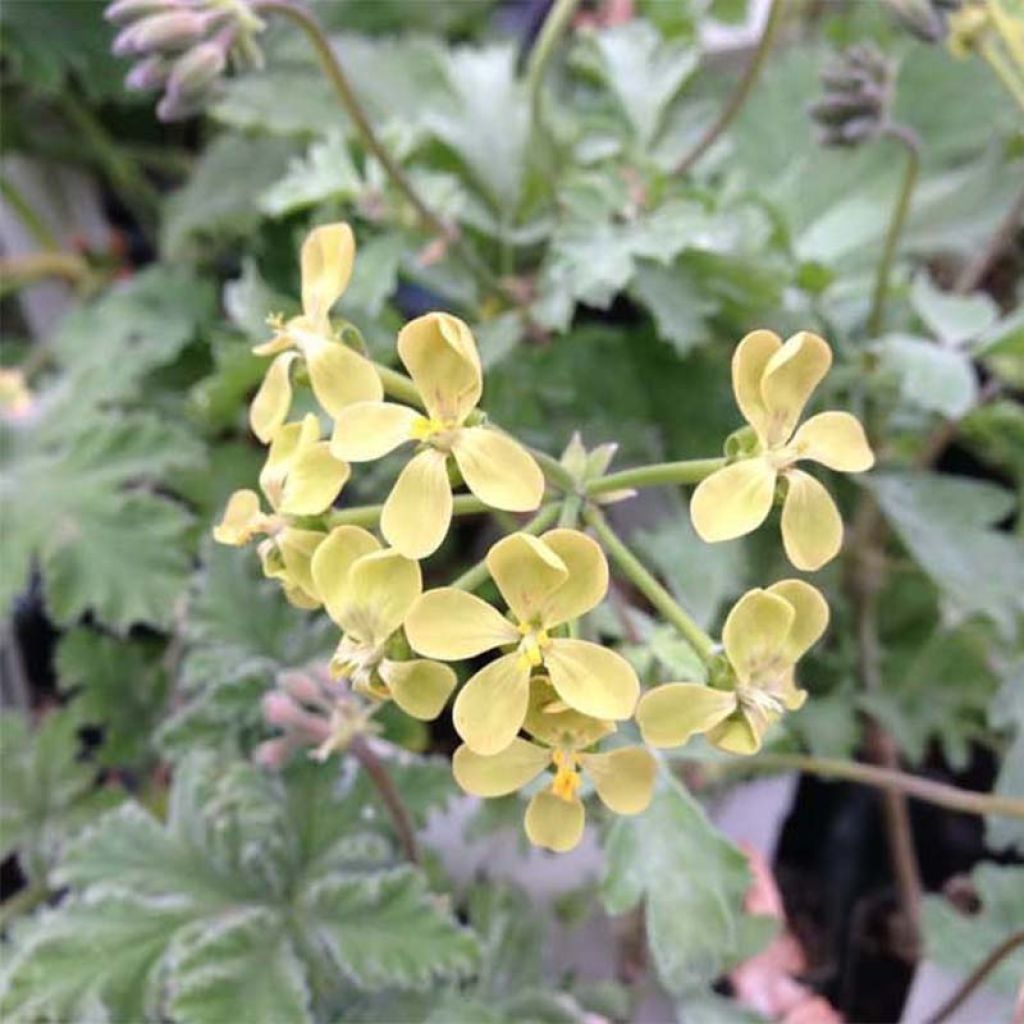

Pélargonium fantaisie Gibbosum - Pélargonium goutteux
Pelargonium gibbosum
Pelargonium gibbosum
Gouty Geranium, Knotted Geranium
Special offer!
Receive a €20 voucher for any order over €90 (excluding delivery costs, credit notes, and plastic-free options)!
1- Add your favorite plants to your cart.
2- Once you have reached €90, confirm your order (you can even choose the delivery date!).
3- As soon as your order is shipped, you will receive an email containing your voucher code, valid for 3 months (90 days).
Your voucher is unique and can only be used once, for any order with a minimum value of €20, excluding delivery costs.
Can be combined with other current offers, non-divisible and non-refundable.
Why not try an alternative variety in stock?
View all →This plant carries a 6 months recovery warranty
More information
We guarantee the quality of our plants for a full growing cycle, and will replace at our expense any plant that fails to recover under normal climatic and planting conditions.
Would this plant suit my garden?
Set up your Plantfit profile →
Description
The Pelargonium gibbosum, also known as the Drooping Pelargonium, is a unique and perennial botanical species native to South Africa. It is characterised by its curious pale yellow flowering with a surprising nocturnal scent, intense and pungent, a more or less climbing habit that often requires staking, and succulent-like vegetation. This frost-sensitive plant loves the sun and dry soils. A curiosity to be discovered!
Discovered in 1789, growing on the southwest coast of the Cape in southern Africa, in well-drained soils with very little water and plenty of sun, Pelargonium gibbosum is a plant of the geranium family that is rarely cultivated but very unique due to its yellow flowering, a shade rarely observed in pelargoniums. The plant has a tuberized stump that can reach up to 8 cm (3in) in diameter over time. Tentacle-like stems, bearing swollen nodes that inspired its vernacular name of Drooping Pelargonium, emerge each year from this robust stump. Eventually, they can measure up to 4 cm (2in) in diameter and 80 cm (32in) in length, or even more. In its environment, to stand upright, protect itself from wind and animals, this pelargonium grows inside bushes, which explains why its leaves are absent at the base of the stems. As a result, the plant can exceed 2 metres (7 feet) in height in order to bloom its flowers. From a distance, one might think that it is the bush that is flowering, so intertwined are their vegetation. Its light green foliage, with a succulent appearance, consists of cordate-based, lobed, undulate, pubescent, and thick leaves. Flowering occurs from June to October, in the form of somewhat loose false umbels, grouping 10 to 20 small pale yellow flowers measuring 15 mm (1in), light, perhaps less spectacular than those of classic perennial or annual hybrids, but more authentic, and particularly fragrant at nightfall. The scent of this flowering depends on each individual's perception.
Pelargonium gibbosum is cultivated like a cactus and reveals a unique fragrance in the evening. So, plant it in a pot or in the ground, in a place where you can smell it, along a path or in a pot on the terrace, under a window or in the conservatory. We were captivated, one day after the rain, by a bed of fragrant geraniums and spent long moments immersing ourselves in a symphony of delicate scents. In mild climates it can survive winter outdoors, if winter temperatures do not exceed -4°C (24.8°F), and it is a plant that withstands summer drought perfectly and requires very little maintenance, making it valuable for dry gardens, for example by the seaside. Botanical geraniums are plants of difficult climates and soils, with cold being their main enemy.
Note: Attention, our young plug plants are professional products reserved for experienced gardeners: upon receipt, transplant and store them under cover (conservatory, greenhouse, cold-frame) at a temperature above 14°C (57.2°F) for a few weeks before being installed outdoors once the risk of frost has definitively passed.
Pelargonium gibbosum in pictures
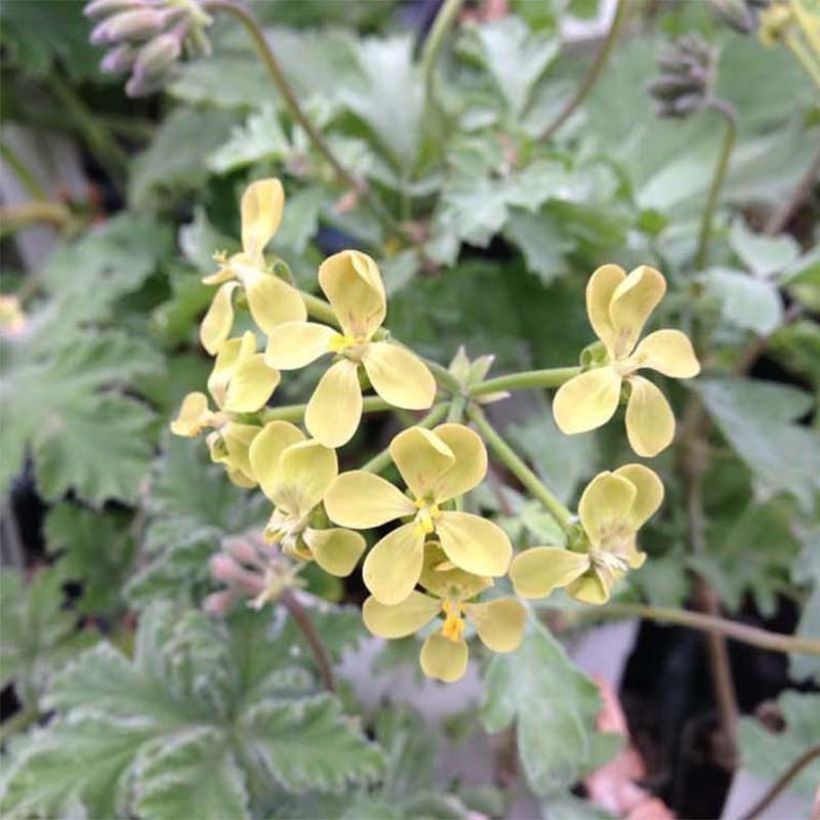

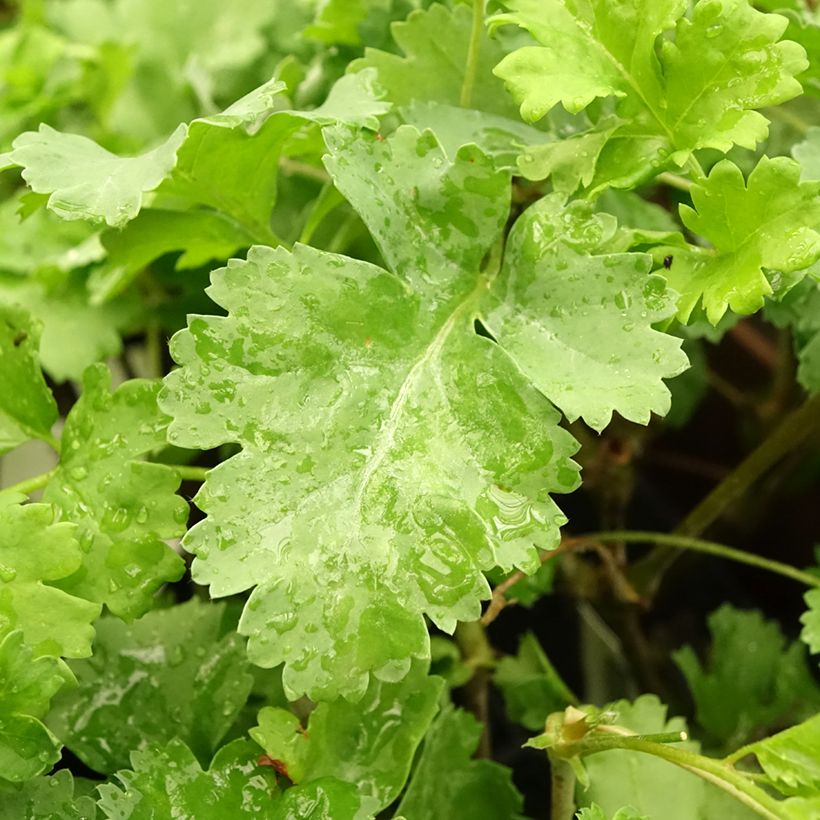

Flowering
Foliage
Plant habit
Botanical data
Pelargonium
gibbosum
Geraniaceae
Gouty Geranium, Knotted Geranium
South Africa
Other Pelargonium - Geranium
View all →Planting and care
Plant your botanical geraniums in the ground after the last frosts, in a very sunny location, in a light and loose soil. You can also plant them in pots placed in a protected location, which you will bring out in May. If you plant them in the ground, wait until the frosts have passed. Fragrant geraniums require well-drained soil, but not necessarily very rich soil. Water moderately. In pots, regular watering is necessary in summer. You can protect your geraniums by bringing them inside a veranda or a cold greenhouse in winter. They can tolerate a slight frost, but they won't survive the winter in the garden, except by the seaside.
The Pelargonium gibbosum should be trained to direct its stems towards the light and promote flowering. It can also be planted in pots with a not too dense bush, such as a protea or a heather bush, so that it blends with its vegetation. Its country of origin, the southern cape of South Africa, experiences humid winters and hot, dry summers, like a Mediterranean climate.
Planting period
Intended location
Care
Planting & care advice
This item has not been reviewed yet - be the first to leave a review about it.
Similar products
Haven't found what you were looking for?
Hardiness is the lowest winter temperature a plant can endure without suffering serious damage or even dying. However, hardiness is affected by location (a sheltered area, such as a patio), protection (winter cover) and soil type (hardiness is improved by well-drained soil).

Photo Sharing Terms & Conditions
In order to encourage gardeners to interact and share their experiences, Promesse de fleurs offers various media enabling content to be uploaded onto its Site - in particular via the ‘Photo sharing’ module.
The User agrees to refrain from:
- Posting any content that is illegal, prejudicial, insulting, racist, inciteful to hatred, revisionist, contrary to public decency, that infringes on privacy or on the privacy rights of third parties, in particular the publicity rights of persons and goods, intellectual property rights, or the right to privacy.
- Submitting content on behalf of a third party;
- Impersonate the identity of a third party and/or publish any personal information about a third party;
In general, the User undertakes to refrain from any unethical behaviour.
All Content (in particular text, comments, files, images, photos, videos, creative works, etc.), which may be subject to property or intellectual property rights, image or other private rights, shall remain the property of the User, subject to the limited rights granted by the terms of the licence granted by Promesse de fleurs as stated below. Users are at liberty to publish or not to publish such Content on the Site, notably via the ‘Photo Sharing’ facility, and accept that this Content shall be made public and freely accessible, notably on the Internet.
Users further acknowledge, undertake to have ,and guarantee that they hold all necessary rights and permissions to publish such material on the Site, in particular with regard to the legislation in force pertaining to any privacy, property, intellectual property, image, or contractual rights, or rights of any other nature. By publishing such Content on the Site, Users acknowledge accepting full liability as publishers of the Content within the meaning of the law, and grant Promesse de fleurs, free of charge, an inclusive, worldwide licence for the said Content for the entire duration of its publication, including all reproduction, representation, up/downloading, displaying, performing, transmission, and storage rights.
Users also grant permission for their name to be linked to the Content and accept that this link may not always be made available.
By engaging in posting material, Users consent to their Content becoming automatically accessible on the Internet, in particular on other sites and/or blogs and/or web pages of the Promesse de fleurs site, including in particular social pages and the Promesse de fleurs catalogue.
Users may secure the removal of entrusted content free of charge by issuing a simple request via our contact form.
The flowering period indicated on our website applies to countries and regions located in USDA zone 8 (France, the United Kingdom, Ireland, the Netherlands, etc.)
It will vary according to where you live:
- In zones 9 to 10 (Italy, Spain, Greece, etc.), flowering will occur about 2 to 4 weeks earlier.
- In zones 6 to 7 (Germany, Poland, Slovenia, and lower mountainous regions), flowering will be delayed by 2 to 3 weeks.
- In zone 5 (Central Europe, Scandinavia), blooming will be delayed by 3 to 5 weeks.
In temperate climates, pruning of spring-flowering shrubs (forsythia, spireas, etc.) should be done just after flowering.
Pruning of summer-flowering shrubs (Indian Lilac, Perovskia, etc.) can be done in winter or spring.
In cold regions as well as with frost-sensitive plants, avoid pruning too early when severe frosts may still occur.
The planting period indicated on our website applies to countries and regions located in USDA zone 8 (France, United Kingdom, Ireland, Netherlands).
It will vary according to where you live:
- In Mediterranean zones (Marseille, Madrid, Milan, etc.), autumn and winter are the best planting periods.
- In continental zones (Strasbourg, Munich, Vienna, etc.), delay planting by 2 to 3 weeks in spring and bring it forward by 2 to 4 weeks in autumn.
- In mountainous regions (the Alps, Pyrenees, Carpathians, etc.), it is best to plant in late spring (May-June) or late summer (August-September).
The harvesting period indicated on our website applies to countries and regions in USDA zone 8 (France, England, Ireland, the Netherlands).
In colder areas (Scandinavia, Poland, Austria...) fruit and vegetable harvests are likely to be delayed by 3-4 weeks.
In warmer areas (Italy, Spain, Greece, etc.), harvesting will probably take place earlier, depending on weather conditions.
The sowing periods indicated on our website apply to countries and regions within USDA Zone 8 (France, UK, Ireland, Netherlands).
In colder areas (Scandinavia, Poland, Austria...), delay any outdoor sowing by 3-4 weeks, or sow under glass.
In warmer climes (Italy, Spain, Greece, etc.), bring outdoor sowing forward by a few weeks.































